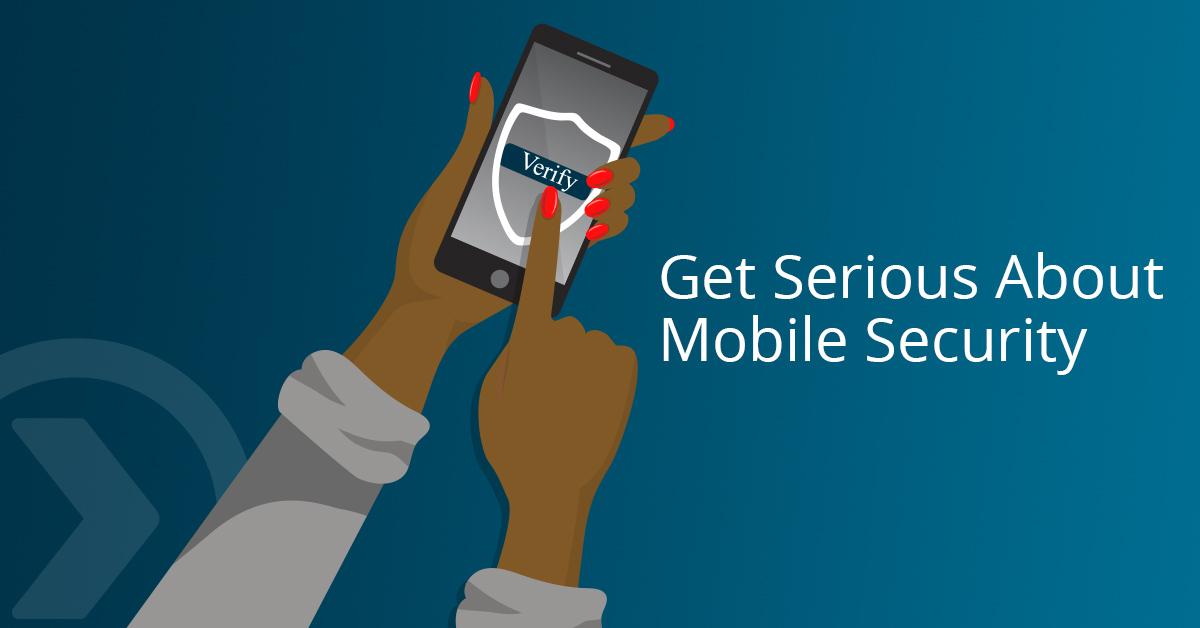In the fast-paced, interconnected world we live in, mobile devices have become an integral part of our daily lives. Whether it’s our smartphones, tablets, or laptops, these devices store and grant access to a treasure trove of personal and sensitive information. From emails and contacts to photos and financial data, our mobile devices are veritable gold mines for hackers and cybercriminals. That’s why it’s crucial to follow mobile device security best practices to protect your digital assets.
Why Mobile Device Security Matters
The importance of mobile device security cannot be overstated. Here are a few key reasons why it should be a top priority for individuals and organizations alike:
- Data Protection
Mobile devices store an abundance of personal and professional data. From sensitive emails and messages to financial information, a breach can lead to identity theft, financial loss, and damaged reputations. - Privacy Preservation
Your mobile device contains a wealth of personal information, from browsing history to location data. Protecting your privacy is essential to safeguarding your personal life and online activities. - Corporate Security
Many businesses allow employees to use their mobile devices for work-related tasks. A compromised device can lead to data breaches, potentially exposing sensitive company information. - Financial Security
Mobile banking and payment apps are on the rise, making it essential to secure your device against fraudulent transactions and theft.
Now that we understand why mobile device security is crucial let’s dive into the best practices to ensure your devices remain secure.
Mobile Device Security Best Practices
- Lock Your Device
A simple yet effective measure is to lock your device with a PIN, password, pattern, or biometric authentication like fingerprint or facial recognition. This adds an extra layer of protection in case your device is lost or stolen. - Keep Your Device Updated
Regularly update your device’s operating system and apps. These updates often contain security patches that address vulnerabilities discovered by the device manufacturer or software developers. - Use Strong, Unique Passwords
For all your accounts and apps, use strong, unique passwords. Password manager apps can help you create and store these passwords securely. - Enable Two-Factor Authentication (2FA)
2FA adds an extra layer of security by requiring you to enter a one-time code sent to your mobile device when logging into an account from an unfamiliar location or device. - Install Antivirus and Anti-Malware Software
Just like your computer, mobile devices can be infected with malware. Install a reputable antivirus and anti-malware app to protect against malicious software. - Be Cautious with App Downloads
Only download apps from official app stores like Google Play Store or Apple App Store. Be wary of third-party app sources, as they may host malicious apps. - Review App Permissions
Check and limit the permissions you grant to apps. Some apps request access to more data than they need to function, which can be a privacy risk. - Encrypt Your Device
Enable device encryption to protect the data stored on your device from unauthorized access, even if it’s lost or stolen. - Back Up Your Data
Regularly back up your device to prevent data loss in case of theft or hardware failure. Use cloud-based services or an external storage device for backups. - Secure Your Wi-Fi Connections
When using public Wi-Fi, connect through a VPN to encrypt your internet traffic and protect against potential eavesdropping and hacking. - Remote Wipe and Lock
Enable remote tracking, locking, and wiping capabilities on your device. This allows you to erase your data remotely if your device is lost or stolen. - Educate Yourself
Stay informed about the latest mobile security threats and best practices. Awareness is your first line of defense.
Mobile Device Management (MDM) for Organizations
For businesses and organizations, Mobile Device Management (MDM) solutions provide centralized control over mobile devices used within the company. MDM helps enforce security policies, manage app distribution, and remotely configure devices. Here are some key features and benefits of MDM:
Security Policies: Define and enforce security policies across all mobile devices within the organization. This ensures consistent protection and compliance.
App Management: Control the installation, updating, and removal of apps on employee devices, reducing the risk of malicious apps.
Remote Management: MDM enables remote monitoring, tracking, and control of devices. In case of a security incident, devices can be wiped or locked remotely.
Data Encryption: MDM solutions can enforce data encryption on devices to protect sensitive information.
Containerization: Create separate, secure containers on devices for work-related apps and data, keeping personal and professional information separate.
Compliance Reporting: Generate reports on device compliance, security status, and potential threats, helping organizations stay on top of security.
Conclusion
Mobile devices are an integral part of our daily lives, and their security is of paramount importance. Following these mobile device security best practices can help individuals and organizations protect their sensitive data, preserve their privacy, and mitigate the risk of cyberattacks.
Remember, the threat landscape is constantly evolving, so staying informed and proactive is key to maintaining a secure mobile environment. Whether you’re an individual looking to protect your personal information or an organization safeguarding critical data, these best practices can go a long way in ensuring mobile device security.
So, take action now to secure your mobile devices, and in doing so, safeguard your digital world.


